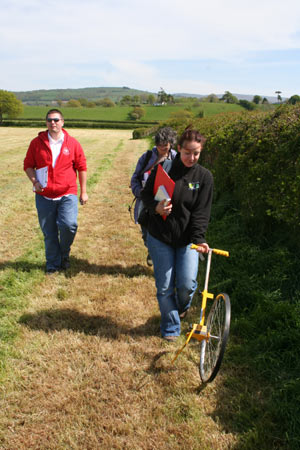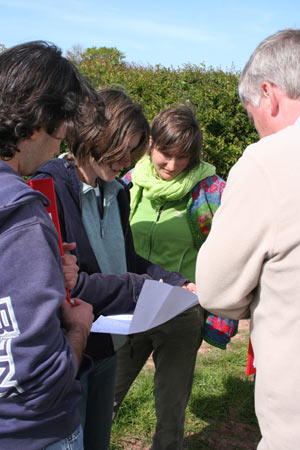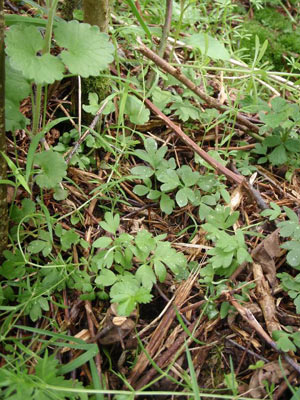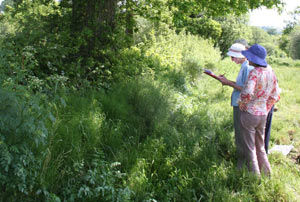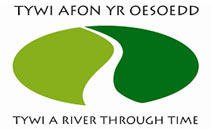 |
|
Hedgerow Survey
|
Field patterns and hedgerows give the Tywi valley a distinct character, but why do they vary so much across the landscape? And can we discover what age they are by looking at the structure and species growing in them? These are just two of the questions that were addressed by the hedgerow recording survey. Features to look out for include fruit or ornamental trees and shrubs, which might indicate a garden or cottage enclosure. The construction of banks and ditches and repeated planting patterns of hedgerow species may provide clues to its date and purpose. Other clues to dating hedgerows can be found in field names on tithe maps, the number of species they contain and its relationship with other features in the landscape. Exploration Tywi! participants have carried out surveys of the hedgerows around Felindre near Llangadog. Here the characteristic open Medieval strip fields have been preserved when the strips became amalgamated and enclosed by a stock proof boundary.
HOW TO HAVE A HEDGEROW HUNT Hedgerows and field boundaries can tell us a great deal about the landscape and how it has evolved over time. If you would like to study hedgerows first check that you have the landowner’s permission and download our recording sheets and guidance notes which are at the bottom of this page. Clues to look for
Don’t forget to deposit your records at the local HER, as these will add to the body of knowledge for your local area.
Download documents in PDF format - all open in a new window.
|


